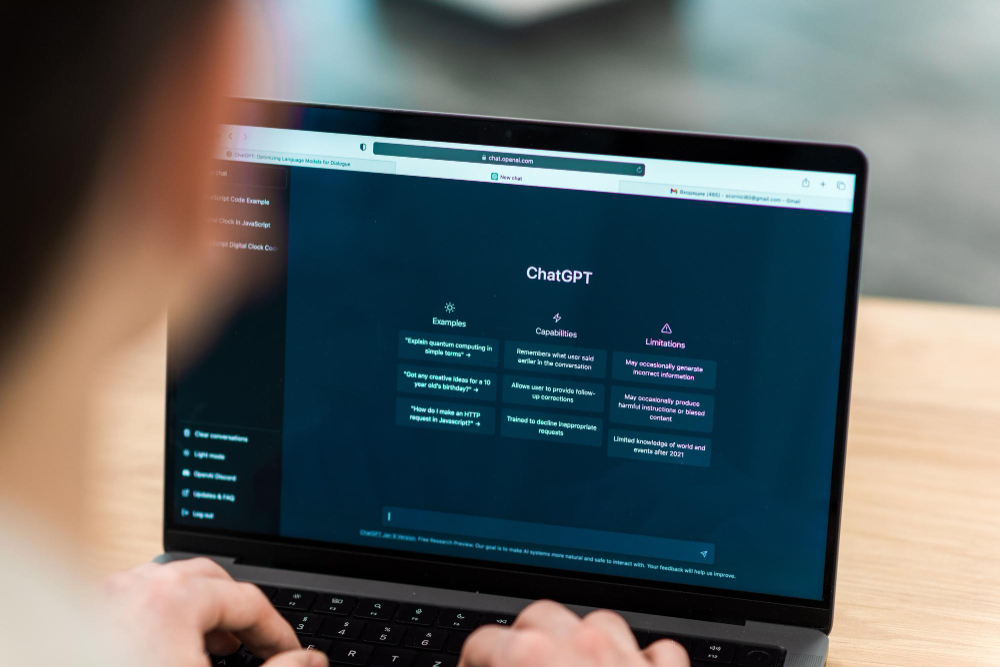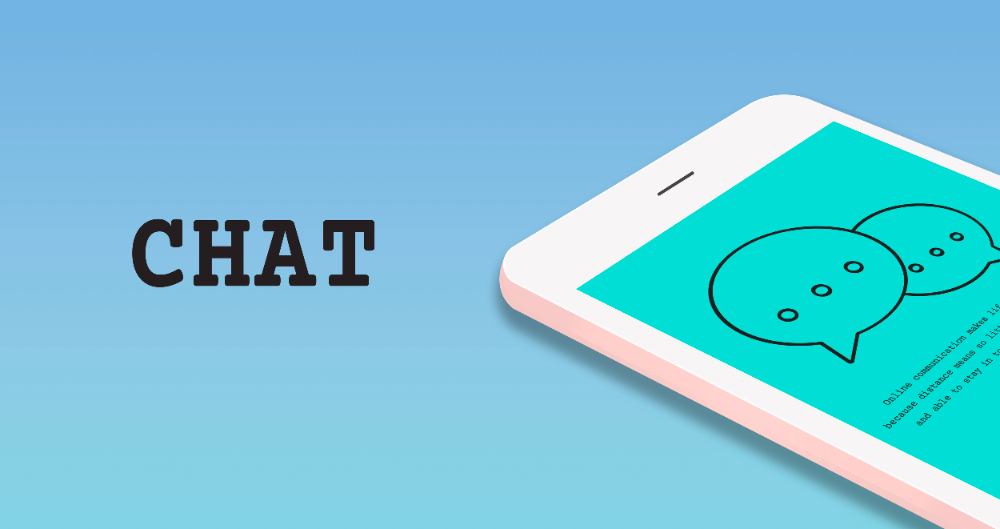Table of Contents
- Online Dangers a Student Face
- Cyberbullying and Online Harassment
- Mental Health Issues
- Exposure to Inappropriate Content
- Privacy Invasion
- Role of Parents in Protecting Children from Online Dangers
- Role of Teachers in Protecting Students from Online Dangers
- Role of Educational Institutes in Protecting Students from Online Dangers
- Online Resources for Online Safety of Children
- Be Internet Awesome
- Family Online Safety Institute (FOSI)
- Safe Online Surfing Internet Challenge
- The Tech Talk
- NetSmartz
- Conclusion
Technology has entered into every phase of a student’s life, offering endless opportunities for learning and entertainment. Schools use tech devices to teach various topics to learners and help them enhance their soft skills, which are essential to be successful in 21st-century offices.
Though technology is crucial for children's growth, it is threatening their safety too. Cyberbullying and other online threats are becoming common among students, so we have to take some steps to stop them. In this blog, we are going to discuss the strategies and resources we all need to ensure the online safety of kids.
Online Dangers a Student Face
Cyberbullying and Online Harassment
Cyberbullying and online harassment are becoming common. As of 2022, Pew Research found that nearly half of teens have faced any form of cyberbullying in their lives. It includes the use of technology to harass, embarrass, or threaten someone. Unlike physical harassment, it is persistent and leaves emotional scars on a kid's mental health. A survey found that almost 60 percent of teenagers have faced any sort of cyberbullying in their lives.
There are a lot of kinds of cyberbullying, but the most common ones are name-calling, sending explicit content or pictures, spreading false rumors, and threatening to kill someone.
Mental Health Issues
Online threats are associated with different kinds of mental health issues. 41 percent of students associate cyberbullying with social anxiety that leads to serious emotional distress. A study found that around 40 percent of Americans under age 30 have experienced online harassment that has a detrimental impact on their mental health. It leads to depression, anxiety, and thoughts of self-harm.
Moreover, excessive use of online devices could make kids addicted to it. Pew Research Center found that 96 percent of kids who have internet access use at least one social media app daily. So, this excessive use could deteriorate the physical health, sleep patterns, and educational performance of kids.
Exposure to Inappropriate Content
Social Media and the internet have black websites that are full of inappropriate content. There is a bunch of unregulated content on the internet that could appear on the personal feeds of your kids. They could watch this type of content out of curiosity, which could impact their behavior and understanding.
A study by Bark in 2023 found that 75 percent of teens and 58 percent of tweens encountered nudity and sexual content online.
Privacy Invasion
Many social media platforms and websites demand students and children to share their private details. Young internet users don't know the importance of privacy so they share their information online. This could lead to identity theft and cyberstalking. Malicious actors get sensitive information that could compromise their current and future security. In 2023, it was reported that 353 million individuals were affected by data breaches, and a lot of them were young users.
Role of Parents in Protecting Children from Online Dangers
Open Communication Channels: Parents should encourage open communication in the home so that kids can discuss online problems with them. They should have a one-on-one conversation with their child, asking them about any problem they are facing online.
Supervising Online Activities: Parents should move the computers of kids to the family room so that they can supervise the online activities of their kids. Using computers alone in the room could lead them to consume inappropriate content. So, they should not be given privacy by using online devices at a young age.
Set Screen Time Limits: Setting screen time limits could help in preventing addiction and physical health issues. Parents should have different rules about screen time such as not allowing screens two hours before going to sleep. Because it could impact the sleep patterns of kids. In this regard, they could use parental control apps such as Google Family Link, Net Nanny, and Screen Time.
Raising the Knowledge: Parents should integrate digital literacy into their conversations. They should teach the importance of privacy rules to kids and make a habit of reading the website’s privacy rules before agreeing to them. Practicing these types of activities and raising awareness about them could help in preventing cyber-attacks and digital identity theft.
Role of Teachers in Protecting Students from Online Dangers
Support System: Teachers should develop a non-judgemental environment in the classroom where students could approach them with all the internet-related issues. Moreover, they should be in contact with the parents to discuss the online activities of their kids.
Monitoring and Filtering Software: Teachers should introduce monitoring software in the classroom that would monitor the content on student’s screens and provide alerts if they are utilizing any harmful content. This content filtering ensures that kids are not exposed to porn or other kinds of harmful content.
Educational Platforms and Safe Spaces: Various educational platforms keep kids’ safety in mind. For example, Epic is a kid's free learning and reading platform that doesn't require any private information from children. It doesn't show ads to youngins that keep them protected from adult content too. So, teachers should encourage the use of such platforms.
Tech-Free Classroom Zones: Teachers should create tech-free classroom zones where no digital devices are allowed. It will limit the screen time of kids.
Role of Educational Institutes in Protecting Students from Online Dangers
Collaboration with Tech Companies: Educational Institutes can collaborate with various tech companies to create safer digital environments. They could create software and tools that are crucial for classroom safety. Companies can also promote digital literacy programs in the school to raise awareness among the students.
Digital Literacy Curriculum: Discussing digital literacy in the classroom can enhance the critical thinking skills of learners. They could learn how to remain safe when using online tools and software. They would know the importance of their digital footprint and how to deal with cyber attacks.
Seminars and Workshops: Regular workshops and seminars could discuss recent trends in digital usage, practical tips for staying safe online, and discussing the nuances of online safety.
Providing Support: Institutes should have clear policies and support systems regarding cyberbullying. It includes providing counseling services and enabling them to handle reports of abuse. Moreover, students should have online monitoring software for kids' safety. For example, Blocksi is the software that 12000 schools are using for their students’ online safety.
Online Resources for Online Safety of Children
There are various websites and tools that parents, institutes, and teachers could use for practicing the online safety of children. We are going to discuss a few names of them that are recommended by Forbes.
Be Internet Awesome
It is a free website that contains different games and information to help kids learn about online safety. It could help parents in converting their kids into safe online consumers.
Family Online Safety Institute (FOSI)
FOSI is an excellent resource that provides a range of tools and resources for parents, tutors, and educators. It has various guides and articles on different topics like online safety.
Safe Online Surfing Internet Challenge
It is the FBI's platform that is created for kids in grades three to eight. It has engaging games and resources that could teach about cyber security to young learners. They could learn how to create strong passwords, minimize the risk of malware, and prevent cyberbullying.
The Tech Talk
Firefox is an excellent site that could help parents and educators in teaching about cyber security to children. The Tech Talk provides various cyber security scenarios and what to do in them.
NetSmartz
This website is maintained by the National Center for Missing and Exploited Children. It offers valuable educational resources such as activity cards, games, and videos. It teaches students about online safety in an engaging way.
Conclusion
The educational revolution resulted in technology in every sphere of a kid's life. Whether it is a classroom, playroom, or home, kids have to use digital devices and the internet for different purposes. Though the internet is helping them, it is exposing them to various online dangers. So, parents and educators have to step forward to ensure the safety of young learners in the online environment. They all could play their role in this regard and various educational and productivity tools could help them.

































Comments are closed.